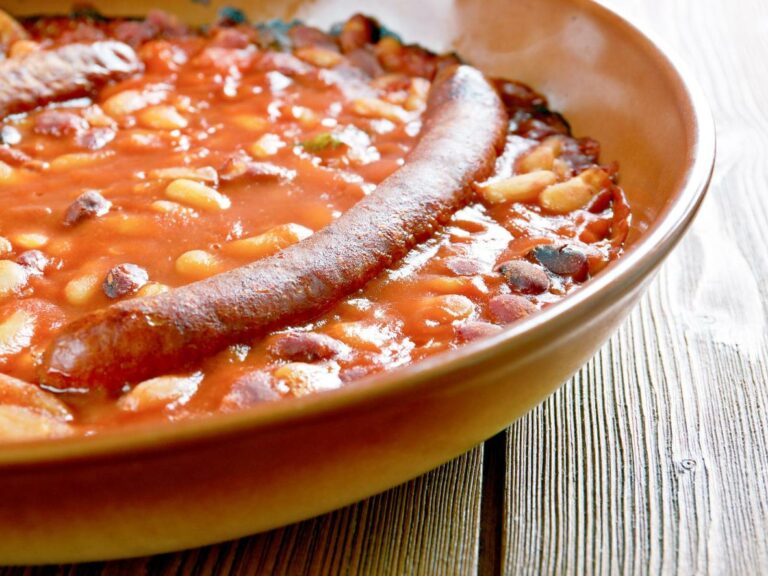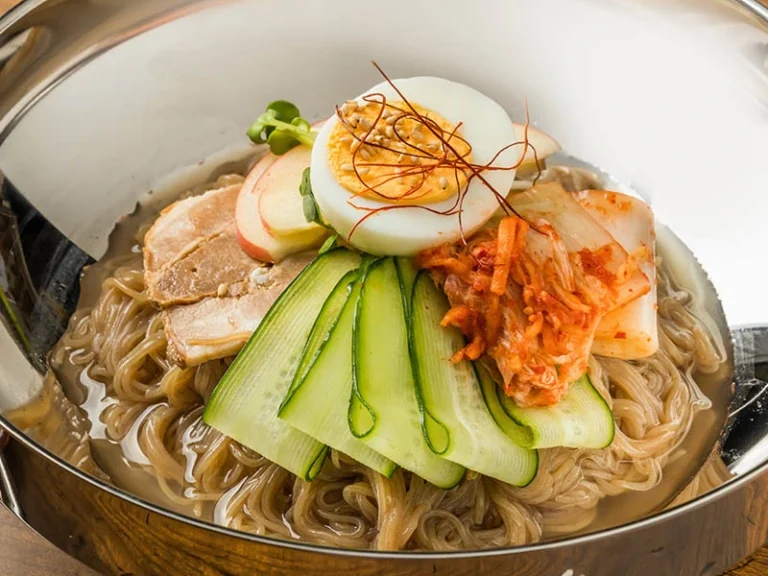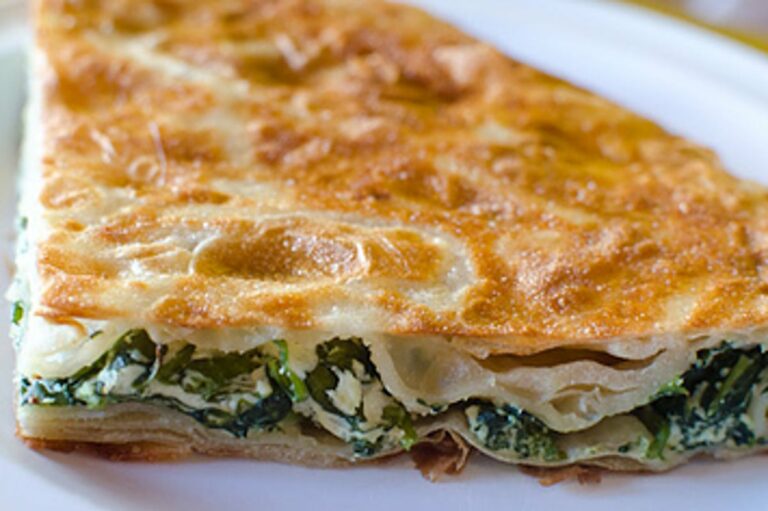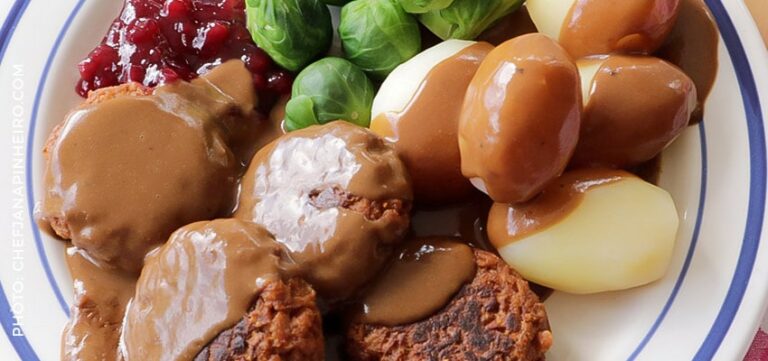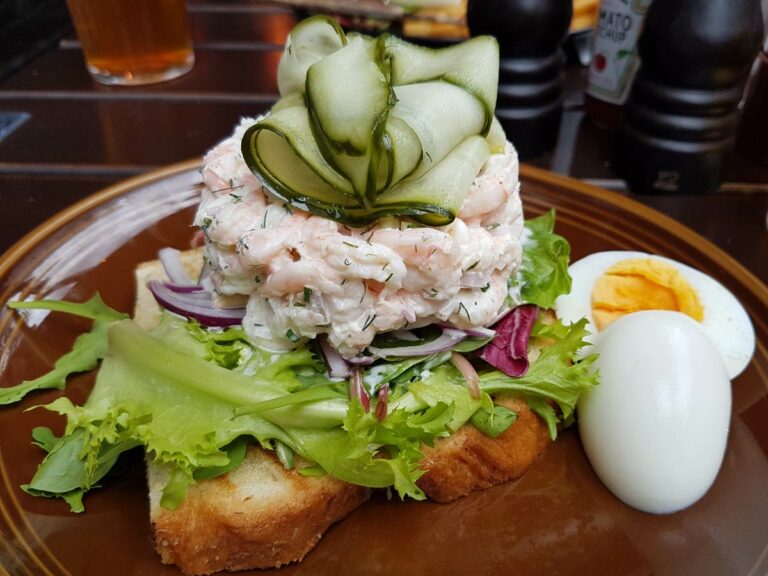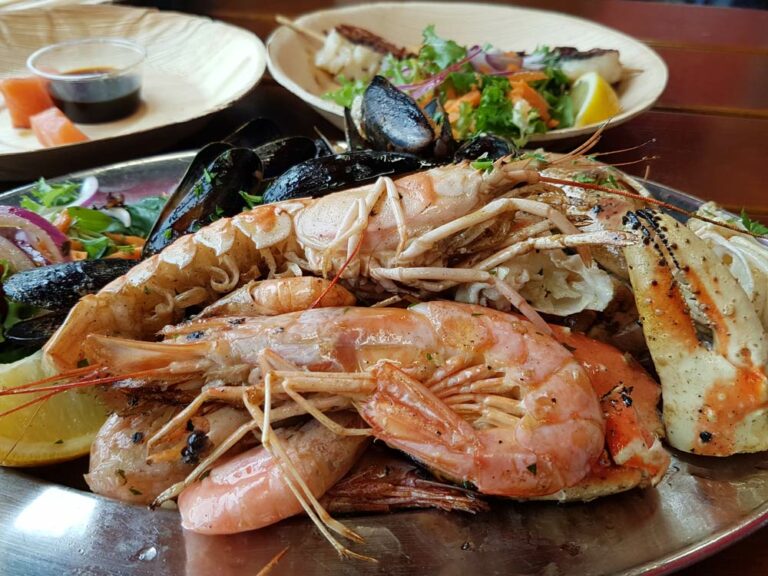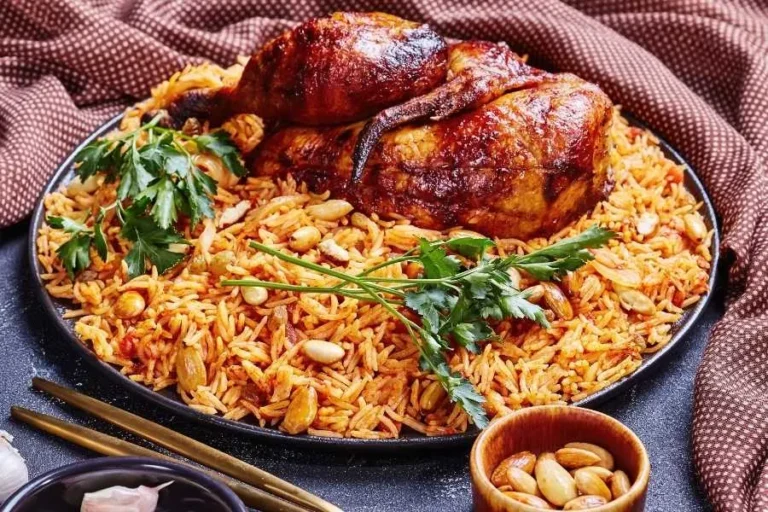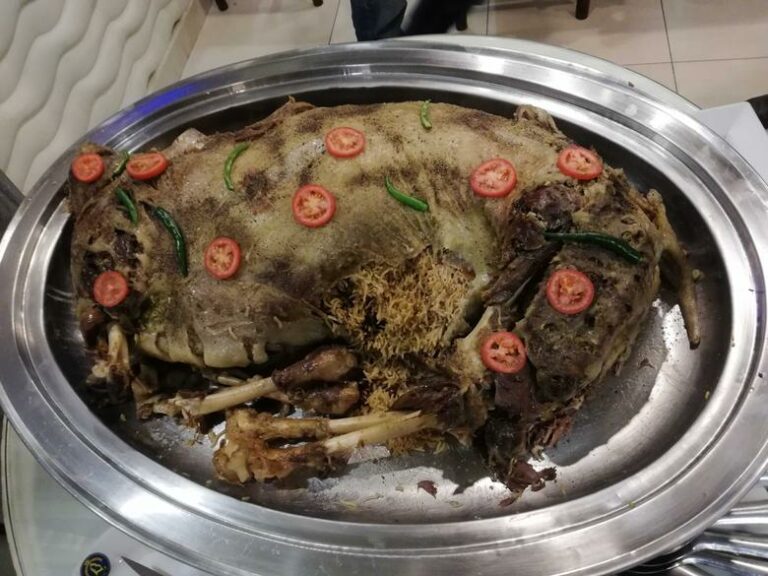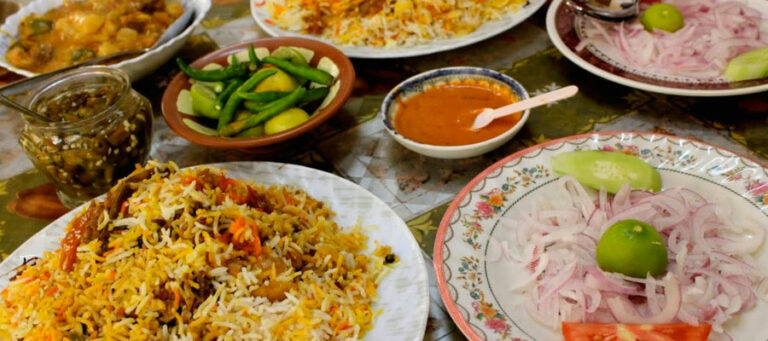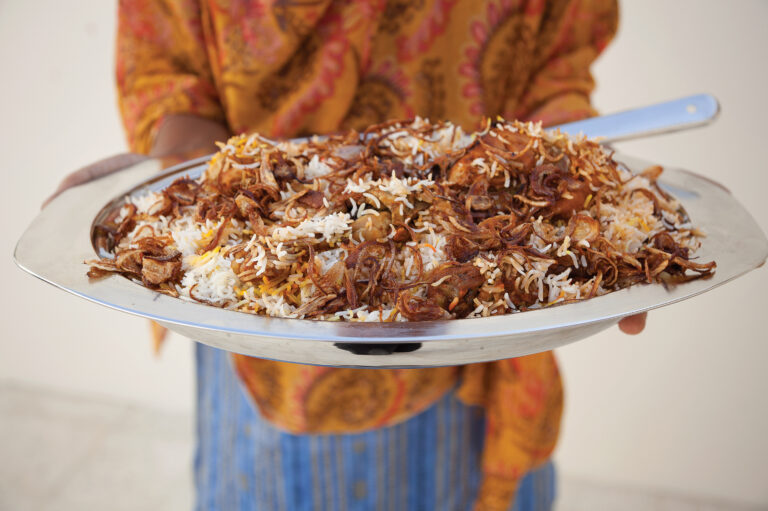Introduction: Dairy in North Macedonian Cuisine
North Macedonian cuisine is rich with the use of dairy products, which are integral to its flavors and textures. Dairy products are commonly used in both savory and sweet dishes, and have been a staple in the country’s cuisine for centuries. The use of dairy products in North Macedonian cooking is closely tied to the country’s agricultural traditions, and is an important aspect of its cultural heritage.
Traditional Dairy Products in North Macedonia
North Macedonian cuisine is known for its wide range of traditional dairy products, which are made from cow, sheep, and goat milk. Some of the most popular dairy products include kajmak, a type of thick cream, and feta cheese, which is commonly used in salads and other dishes. Other traditional dairy products include sour cream, cottage cheese, and ayran, a yogurt-based drink that is often served with meals. Many of these traditional dairy products are still made using traditional methods, and are often sold at local markets and specialty shops.
Dairy in Main Dishes: Cheese and Cream
Cheese and cream are commonly used in main dishes in North Macedonian cuisine. One of the most popular dishes is the famous Tavche-Gravche, which is a baked bean dish that is typically served with kajmak or feta cheese on top. Another popular dish is the stuffed peppers, which are filled with a mixture of ground meat, rice, and spices, and topped with a creamy sauce made from sour cream or yogurt. Cheese and cream are also commonly used in pasta dishes, such as the traditional North Macedonian dish known as pastrmajlija, which is a pizza-like dish topped with kajmak and smoked pork meat.
Dairy in Desserts: Yogurt and Cheese Pies
Dairy products are also widely used in North Macedonian desserts, particularly yogurt and cheese pies. One of the most popular desserts is the traditional North Macedonian yogurt cake, which is made with yogurt, eggs, sugar, and flour. Cheese pies, known as pita, are also a popular dessert, and can be made with a variety of fillings, such as feta cheese, spinach, or leeks. Other desserts that use dairy products include baklava, which is made with phyllo dough and a sweet cheese filling, and tulumbe, which are fried doughnuts that are filled with a sweet cream filling.
Regional Variations in Dairy Use
The use of dairy products in North Macedonian cuisine varies by region, with certain areas known for their unique dairy products and dishes. For example, the town of Galichnik is known for its traditional cheese known as kashkaval, which is made from sheep milk and has a distinct flavor. The region of Mariovo is known for its smoked cheese, which is often used in traditional dishes. Other regions, such as the Tikvesh area, are known for their high-quality dairy products, which are sold at local markets and specialty shops.
Conclusion: Dairy’s Importance in North Macedonian Cooking
Dairy products play a vital role in North Macedonian cuisine, adding flavor and texture to both savory and sweet dishes. From traditional dairy products like kajmak and feta cheese to the use of cheese and cream in main dishes, dairy is an essential ingredient in many North Macedonian recipes. The use of dairy products is deeply rooted in the country’s agricultural traditions, and remains an important aspect of its cultural heritage. Overall, dairy’s importance in North Macedonian cooking cannot be overstated, and is a key part of what makes the country’s cuisine so unique and delicious.

